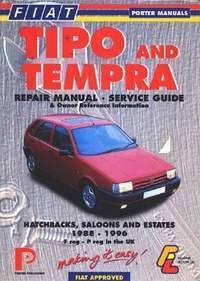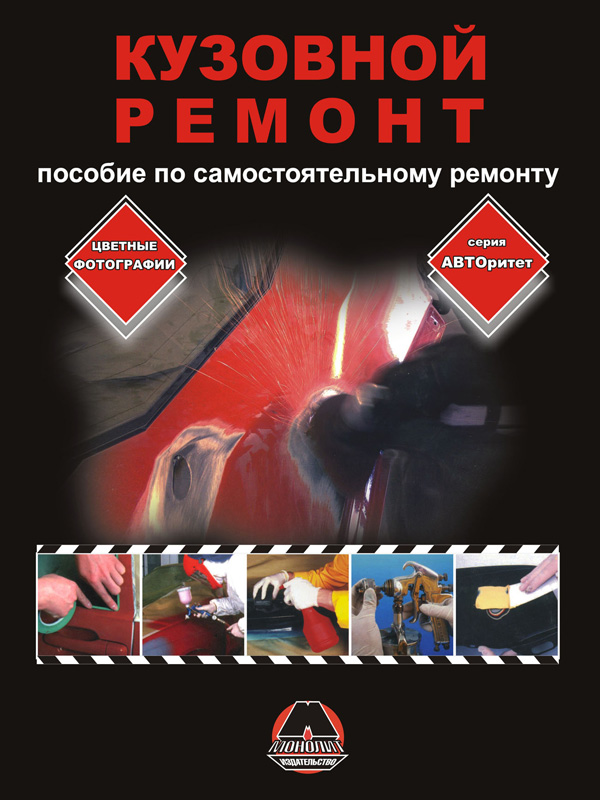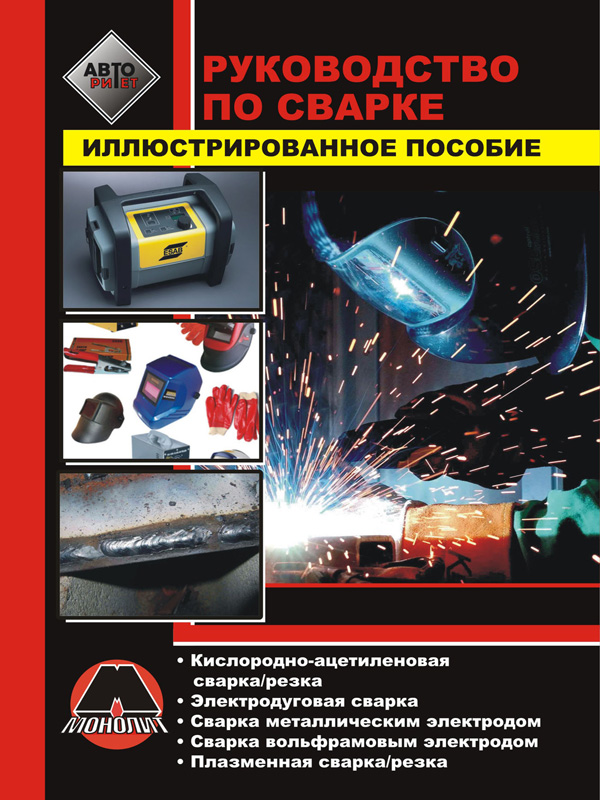 Assessing and Improving Student Writing in College. A Guide for Institutions, General Education, Departments, and Classrooms
Assessing and Improving Student Writing in College. A Guide for Institutions, General Education, Departments, and Classrooms
Автор: Barbara Walvoord E.
Год издания: 0000
Step-by-step guidance for shaping better writers while keeping faculty workloads manageable Effective communication is a critical skill for many academic disciplines and careers, and so colleges and universities and their faculty members are rightfully committed to improving student writing across the curriculum. Guiding and assessing student writing in classrooms, general education, and departments takes knowledge, planning, and persistence, but it can be done effectively and efficiently. Written in the concise, accessible style Barbara Walvoord is known for, Assessing and Improving Student Writing in College: A Guide for Institutions, General Education, Departments, and Classrooms offers administrators, program chairs, general education leaders, and classroom instructors the guidance they need. The book provides concrete suggestions for how to: Articulate goals for student writing Measure student writing Improve student writing Document that improvement The book begins by addressing four basic concepts: what we mean by writing, what we mean by «good» writing, how students learn to write, and the purposes of assessment. Next, Walvoord explains the various approaches and methods for assessing writing, urging a combination of them adapted to the institution's purposes and political context. After this introduction, successive chapters offer realistic, practical advice to institution-wide and general education leaders, department members, and classroom instructors. Walvoord addresses issues such as how to engage faculty, how to use rubrics, how to aggregate assessment information at the department and institutional levels, and how to report assessment information to accreditors. The chapter for classroom instructors offers practical suggestions: how to add more writing to a course without substantially increasing the grading load; how to construct writing assignments, how to make grading and responding more effective and time-efficient, how to address grammar and punctuation, and how to support students whose native language is not English. The book also includes four helpful appendices: a taxonomy of Writing Across the Curriculum (WAC) and Writing in the Disciplines (WID) programs; sample outlines for faculty development workshops; a student survey on teaching methods instructors can use to inform their choices in the classroom; and a student self-check cover sheet designed to help students take ownership of their own learning and responsibility for turning in complete, correct assignments. Practical, step-by-step guidance for each point in the assessment and improvement process creates a cohesive, institution-wide system that keeps students, faculty, and administrators on the same page.
 Testing SAP R/3
A Manager’s Step-by-Step Guide
Testing SAP R/3
A Manager’s Step-by-Step Guide
Автор: JOSE FAJARDO, ELFRIEDE DUSTIN
Год издания:
Planning, preparing, scheduling, and executing SAP test cycles is a
time-consuming and resource-intensive endeavor that requires participation
from several project members. SAP projects are prone to
have informal, ad-hoc test approaches that decrease the stability of
the production environment and tend to increase the cost of ownership
for the SAP system. Many SAP project and test managers cannot
provide answers for questions such as how many requirements have
testing coverage, the exit criteria for a test phase, the audit trails for
test results, the dependencies and correct sequence for executing test
cases, or the cost figures for a previously executed test cycle. Fortunately,
through established testing techniques predicated on guidelines
and methodologies (i.e., ASAP SAP Roadmap methodology,
IBM’s Ascendant methodology, and Deloitte’s ThreadManager
methodology), enforcement of standards, application of objective
testing criteria, test case automation, implementation of a requirements
traceability matrix (RTM), and independent testing and formation
of centralized test teams, many of the testing risks that plague
existing or initial SAP programs can be significantly reduced.
This book is written for SAP managers, SAP consultants, SAP
testers, and team leaders who are tasked with supporting, managing,
implementing, and monitoring testing activities related to test planning,
test design, test automation, test tool management, execution of
test cases, reporting of test results, test outsourcing, planning a budget
for testing activities, enforcing testing standards, and resolving
defects.
 Oracle Database 10g: A Beginner's Guide
Oracle Database 10g: A Beginner's Guide
Автор:
Год издания:
Two new Oracle instruction and resource titles from Osborne/McGraw-Hill are indispensable additions to personal and professional reference collections. Oracle Database 10g: A Beginner's Guide is the collective effort of Oracle experts Ian Abramson, Michael Abbey and Michael Corey. Oracle Database 10g provides neophytes with the fundamental concepts of Oracle Database 10g administration and programming. Through self-paced tutorials, readers will learn about database essentials, the role of the administrator, and large database features. Oracle Database 10g includes an in-depth introduction to SQL, PL/SQL, Java, and XML programming.
 Fiat Tipo and Tempra 1988-1996. Repair Manual – service guide
Fiat Tipo and Tempra 1988-1996. Repair Manual – service guide
Автор: Коллектив авторов
Год издания:
Инструкция по ремонту и обслуживанию моделей Fiat Tipo и Tempra. Дано описание всех узлов и агрегатов и советы по их эксплуатации и техобслуживанию. Чертежи, таблицы и схемы электрооборудования.
Fiat Tipo - автомобиль итальянской компании Фиат. Был разработан дизайн студией IDEA. Выпускался с 1988 года по 1996 год.
 Guide to self-repairing car bodies, in eBook
Guide to self-repairing car bodies, in eBook
Автор: Монолит
Год издания:
Content
Introduction
- Body / frame and body structure
- General information about replacing body panels
- Safety first
Maintenance
- Caring for paint
- Recovery
- Antirust treatment and priming
Overview of damage types and their recovery
- Determination of severity of damage
- The choice between repair and replacement
Tools and equipment
- Tools and equipment
- Equipment
Elimination of minor body damage
- Eliminating scratches from paintwork
- Elimination of minor dents
- Restoration of areas exposed to minor corrosion
- Repair of plastic body parts
Restoring a body that has serious damage
- Types of tin work
- Putties
- Correction of significant corrosion damage
- Glass fiber recovery methods
- Correcting the stiffness of the bearing body by stretching
Replacement of body panels
- Introduction
- Body parts fastened on bolts
- Welded panels
- Adhesive body elements
- Coupling of body panels
Preparing for painting
- Preparation of old paint
- Removing paintwork preparing for painting
- Application of primer
- Masking panels
Body painting
- Painting equipment
- Maintenance of the spray gun
- Types of paint
- Staining procedure
- Prophylaxis and a technique of elimination of the defects arising at painting and drying
Doors and glasses
- Replacement and adjustment of doors
- Repair, replacement and installation of glasses
Facing and body accessories
- General information
- Removing and installing body linings and accessories
- Removing and installing outdoor lighting
- Removing and installing emblems and moldings
Welding
- General information
- Types of welding
- Welding with a consumable electrode in shielding gas
- Oxygen-acetylene welding
- Soldering
A dictionary of terms used in the performance of body repair
 Welding guide, in eBook
Welding guide, in eBook
Автор: Монолит
Год издания:
Content
Introduction
- Definition of the welding process
- Development of modern welding
- Welding these days
Types of welding
- How it works
- Metal alloys
- Oxygen-acetylene welding
- Electric arc welding
- Apparatuses for arc welding with a consumable electrode in an inert gas environment
- Arc welding with tungsten electrode in an inert gas environment
- Work cycles
- Plasma welding and cutting
- Practice and training
Oxygen-acetylene welding / cutting
- Basics of gas welding technology
- Equipment
- Getting Started with oxygen-acetylene welding equipment
- Flame adjustment
- Gas welding
- Welding with filler rod
- Inspection of welds
- Soldering
- Oxygen-acetylene cutting
- Heating with an oxygen-acetylene burner
Electric arc welding
- Comparison of work cycles
- Units working on AC, DC or universal?
- Arc welding technology
- Precautions
- Start of electric arc welding
- Connection types
- Electrode selection
Welding with a metal electrode in an inert gas environment
- Acquisition of aggregates for welding with a metal electrode in an inert gas environment
- Selection of shielding gas
- Selecting a wire electrode
- Welding training with a metal electrode in an inert gas environment
Welding with a tungsten electrode in an inert gas environment
- Equipment
- Technology in action
- Aluminum welding with tungsten electrode in an inert gas environment
Plasma welding / cutting
- Plasma welding
- Plasma cutting
- Selection of equipment for plasma cutting
- Using plasma cutting
Safety and equipment for the workshop
Making a truck trailer to a car
Glossary of terms related to welding
 Assessing and Improving Student Writing in College. A Guide for Institutions, General Education, Departments, and Classrooms
Assessing and Improving Student Writing in College. A Guide for Institutions, General Education, Departments, and Classrooms
 Assessing and Improving Student Writing in College. A Guide for Institutions, General Education, Departments, and Classrooms
Assessing and Improving Student Writing in College. A Guide for Institutions, General Education, Departments, and Classrooms